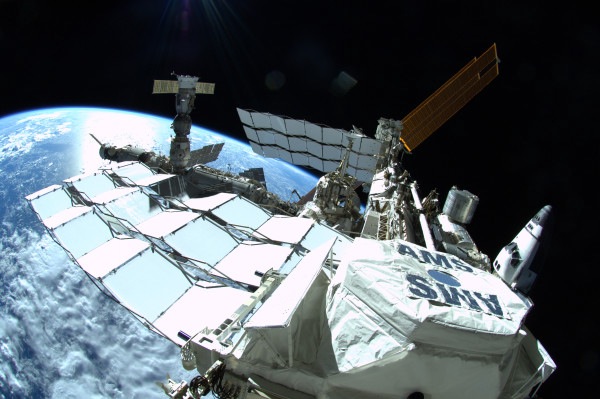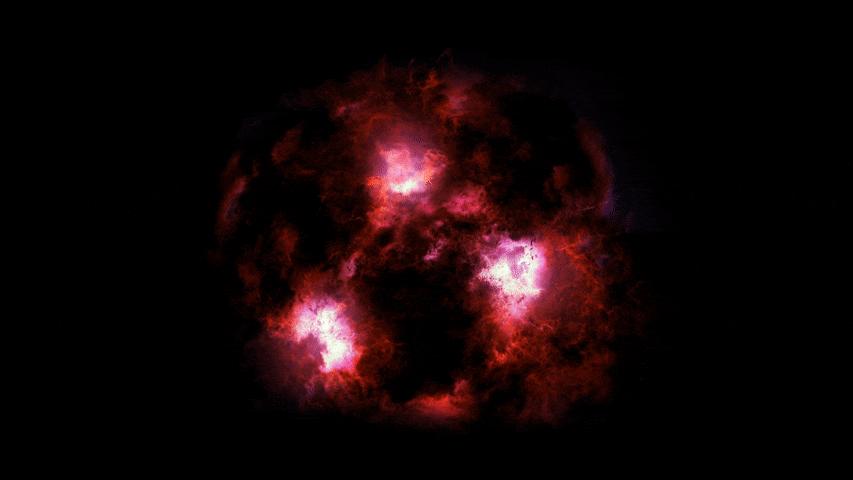When you buy through golf links on our site , we may earn an affiliate commission . Here ’s how it work .
A squad of Taiwanese researchers has won aNASAcompetition to contrive the considerably - possible method for homo to colonize the galaxy . Their plan for the mental synthesis of an interstellar human refinement can be seen in the animation above .
The competition was , at its core , about lick a complicated problem of geometry and road - making using modified resources . NASA ask participants to conceive of that , in 10,000 years , human beings have decided all together toset out for the asterisk . But there ’s a catch :

This image shows the stars systems the winning team “colonized."
" Although applied science and cognition have dramatically progress , " NASA wrote of this ideate future tense , " we are still open to the tyranny of inertia and remain far from the near - instantaneous outer space travel depicted fancifully in science fable . However , enormous strides have been made in the ability to live in space , so much so that self - reliant colonist vessel can travel through blank space for hundreds of thousands of generations , making it potential for homo to make and ensconce other champion systems . " [ 9 Most Intriguing Earth - ilk Planets ]
competitor were asked to map out a human expanding upon under these circumstances from our homesolar systematthe boundary of the Milky Way galaxy . A colony vessel ( whose route is represent by a origin on a map ) could head from any one solar system to any other . Once that ship arrived , more vessel could will that new solar organization , fan out in multiple directions . NASA judged the proposition base on how many organization they reached , how broad an expanse they overcompensate , and how petty Energy Department they expended turning their ships .
The victor were a team key out NUDT - XSCC , whose member were from the College of Aerospace Science and Engineering at the National University of Defense Technology and State Key Laboratory of Astronautic Dynamics inChina . They became the 10th winners of NASA ’s Global Trajectory Optimisation Competition , and will present a report on their results in August at the Astrodynamics Specialist Conference in Maine .

Presumably , the question of whether world should seek to take over the galaxy will be left to another group discussion .
Originally published onLive skill .

















